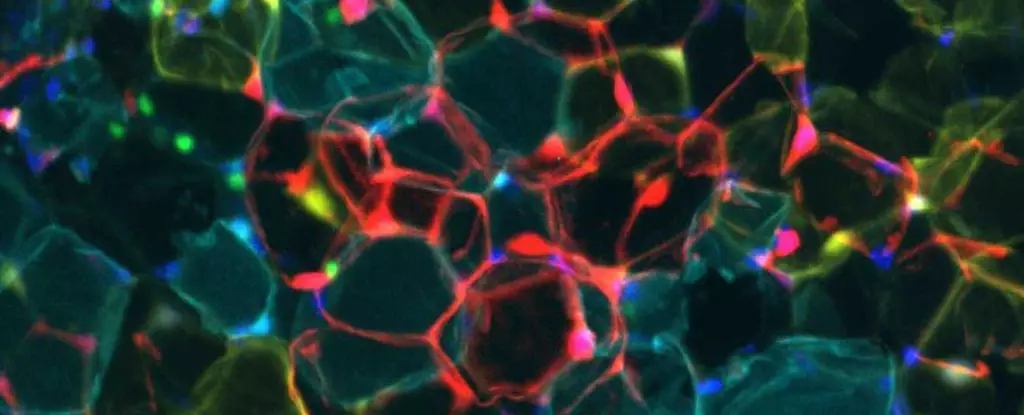Recent research conducted by physician scientist Brian Feldman and molecular biologist Liang Li from the University of California, San Francisco, has shed light on a fascinating discovery regarding the transformation of white adipose tissue (WAT) into brown adipose tissue (BAT). This breakthrough finding has the potential to revolutionize our understanding of fat metabolism and could offer new therapeutic strategies for combating obesity and metabolic diseases.
White fat serves as a long-term storage site for excess calories, while brown fat is specialized in burning through fuel to generate heat. The balance between WAT and BAT is crucial for maintaining metabolic health, as too much white fat accumulation can lead to adverse health effects.
Feldman and Li conducted experiments on mice by manipulating the transcription factor Klf15, which plays a key role in regulating fat tissue maintenance. By depriving the mice of Klf15, they were able to trigger the transformation of WAT into BAT. This transformation could potentially help individuals to burn excess calories more efficiently and improve overall metabolic health.
Further investigations revealed that the activation of BAT was linked to the levels of the adrenergic receptor Adrb1. By targeting this receptor, researchers hope to stimulate the conversion of white fat cells into beige fat cells, which possess properties of both white and brown fat. This could offer a novel approach for enhancing fat metabolism and promoting weight loss.
Clinical trials are currently exploring the use of Adrb3 agonists to improve metabolic health in humans. However, the discovery of Adrb1 as a potential therapeutic target for transforming white fat into beige fat holds great promise. By developing pharmaceuticals that target this receptor, it may be possible to facilitate the breakdown of white fat stores without significant side effects.
The findings of this research open up new possibilities for tackling the global obesity epidemic and improving metabolic health. By understanding the molecular mechanisms that regulate fat tissue identity, researchers may develop innovative therapies for promoting weight loss and preventing metabolic diseases. Continued research in this field holds the potential to transform the way we approach fat metabolism and metabolic disorders.
The discovery of a switch that transforms white adipose tissue into brown adipose tissue represents a significant advancement in the field of fat metabolism. By targeting specific molecular pathways, researchers may unlock new therapeutic strategies for addressing obesity and metabolic diseases. This research offers hope for individuals struggling with weight management and metabolic health issues, paving the way for a healthier future.


Leave a Reply